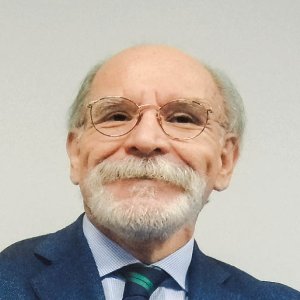The Hub-And-Spoke Hospital Design

STORY INLINE POST
Fragmentation increases the country’s endemic inequality; that is, people with higher incomes have much greater access to health, while the lower-income population can only use public institutions. The so-called hub-and-spoke business model employed by companies like Grupo Torre Médica can help address that imbalance, says company’s CEO Gustavo Fernández de Loyola.
“We focus on providing medical care to the middle to low-income segment of the Mexican population, which is the largest in the country. We have addressed this need with our two hospitals and five clinics in Mexico City, but we are planning to increase this offer to 10 hospitals and 20 clinics in and out of the city.”
To achieve its objectives, Grupo Torre Médica relies on the hub-and-spoke model, which allows the company to provide an efficient and high-quality medical service at a low cost through networks that allow broader coverage with fewer human and economic resources. “Our hospitals and clinics are organized to provide a specific type of service; at the clinics, we assist 98 percent of our clients with basic diagnosis; we treat more complex cases at hospitals. This structure allows us to increase our profitability without sacrificing the quality of our services,” says Fernández de Loyola. Also, the hub-and-spoke model is considered a solution for reducing geographic inequality in access to medical care since it is designed to manage the high demand for services and redistribute it to deal with saturation.
The development of the hub-and-spoke model allowed Grupo Torre Médica to update its services and technology to the equivalent of midlevel hospitals. Its investments in new technologies also help enhance the services offered to this sector of the population. Along that line, it has integrated a digital platform that contains 100 percent of its records. “This helps us get closer to medical institutions where we can obtain valuable information and create training for our health personnel and the health industry in general,” he says. “In 2017, we gathered approximately 8,000 digital records to analyze trends in orthopedic
injuries in the country and created standardized treatments to improve patient recovery. Now, we are promoting a program to train our doctors in orthopedic injuries, which will result in a benefit for hospitals and patients.”
Another point of differentiation for Grupo Torre Médica’s business model is its commercial area. “The hub-and-spoke model relies on medical service payers like insurance companies to bring in patients. We work with these companies to reach commercial agreements that allow us to take patients to our clinics and hospitals,” Fernández de Loyola says.
The model also influences how doctors get paid, making it easier to provide a fixed salary or a variable income depending on performance. This motivates them to focus on practicing quality medicine rather than seeking patients for the hospital, says Fernández de Loyola. Grupo Torre Médica has attracted around 120,000 patients a year as a result. The model has also inspired its doctors to develop a medical specialty. “Our doctors are 60 percent specialists and 40 percent non-specialists. We have approximately 480 employees: 100 doctors and 200 nurses. The remainder is made up of administrative personnel,” he says.
Using the hub-and-spoke model has also had positive effect on the company’s growth opportunities both inside and outside Mexico City. “We have a longer reach to cities like Queretaro, Pachuca, Toluca and Cuernavaca because we can efficiently manage our network of hospitals and clinics to provide wider coverage,” says Fernández de Loyola.
Cost-efficiency and improvements in quality processes have also attracted partners like insurance companies, which translates into an increase in patients and greater growth. “In the coming years, we are expecting to grow our patient capacity 30 percent and to increase sales by 40 percent as our infrastructure ensures us the possibility to introduce more volume without compromising the patient’s security and care,” Fernández de Loyola says.






















